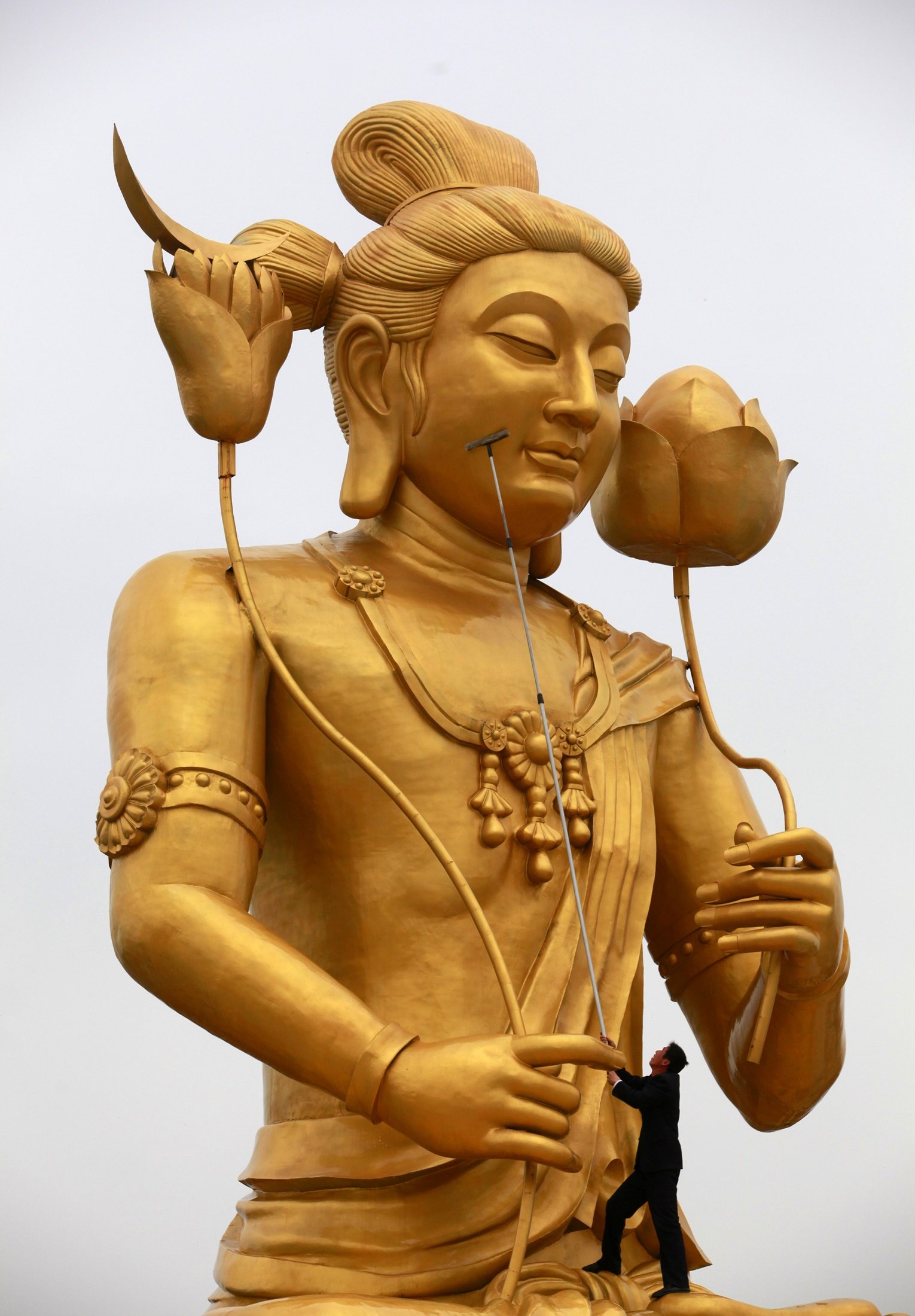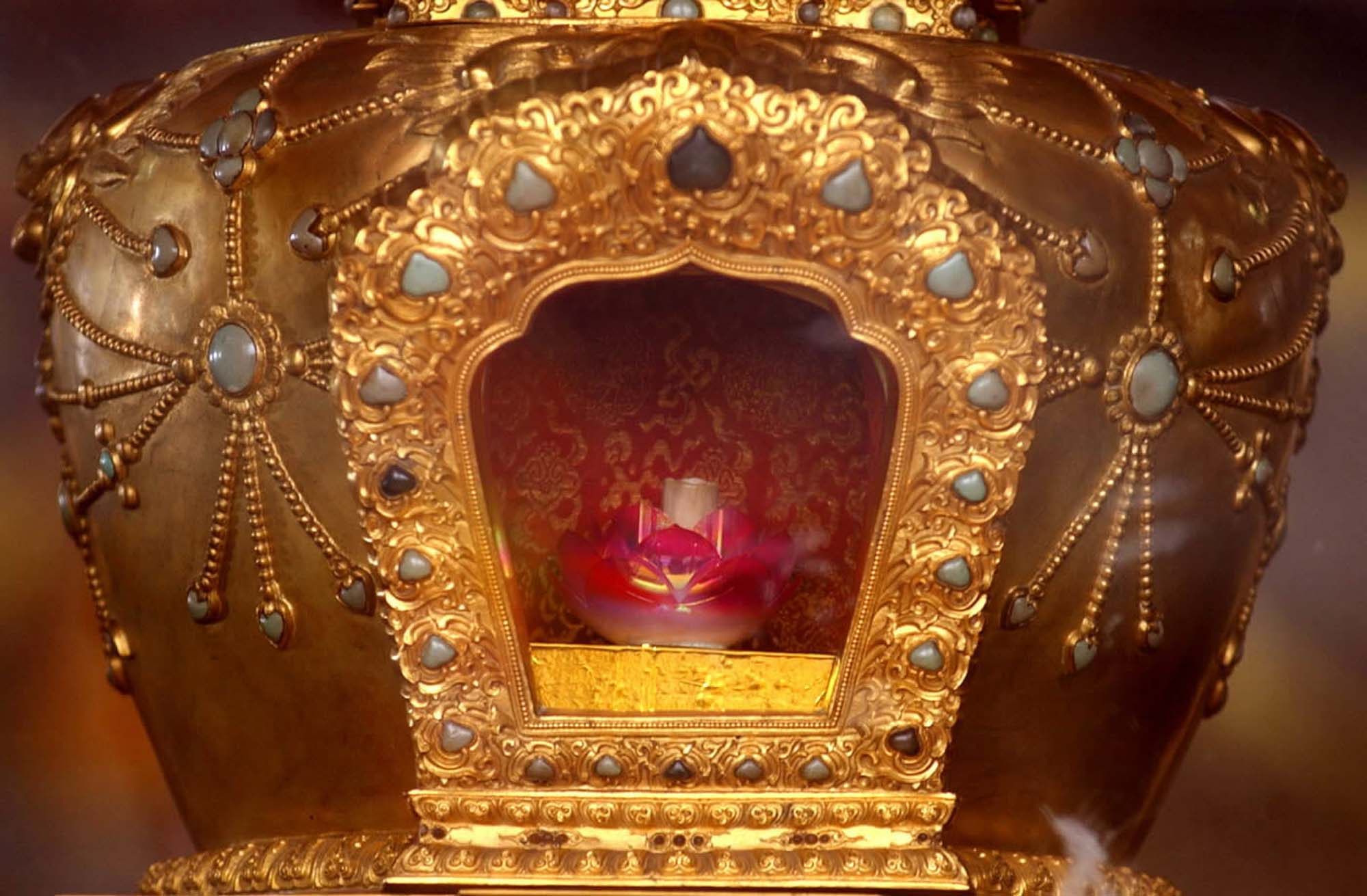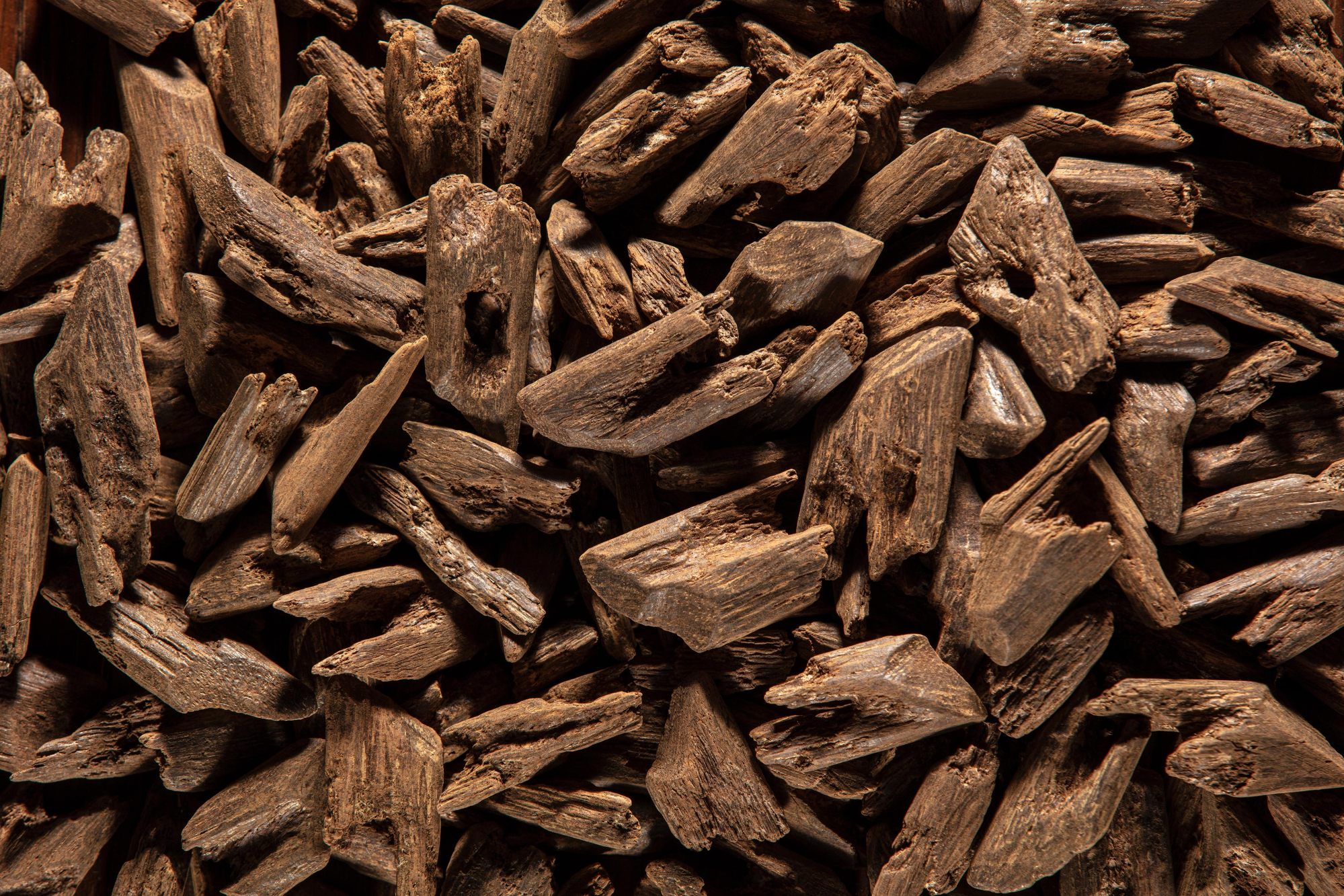
Researchers find remnants of ancient incense in palace at Famen Temple
- Discoveries at historic Buddhist site are evidence of the significant incense trade along the Silk Road in the Tang dynasty
- The study also provides insights into the use of incense in Buddhist rituals during that period
Researchers have found an exotic incense – elemi – used in China more than a thousand years ago.
The incense was discovered in containers buried in the underground palace of Famen Temple in the northwestern province of Shaanxi.
The discovery provided the earliest evidence of elemi used as an incense associated with Buddhist rituals in the Tang dynasty, which ruled from the seventh to the 10th centuries, according to the researchers.
The study was published in the peer-reviewed journal Proceedings of the National Academy of Sciences on Monday.

Researchers also found two other incenses, agarwood and a mixture of agarwood and frankincense. These incense samples were located in containers in the main area of the underground palace.
“The incense samples were mainly from abroad and transported to China through the land or maritime Silk Road. [The findings] reflect the incense trade and its functions in Buddhist activities during the Tang dynasty,” said Yang Yimin, corresponding author of the study and a professor at the University of Chinese Academy of Sciences.
Incense played a critical role in people’s daily lives, as well as in ceremonies, religions and medicines in ancient China.
Since the opening of the Silk Road linking China to Asian, European and African countries around the second century BC, incense became one of the precious trade products between China and other nations.
Exhibition explores ancient Buddhist sites of Maritime Silk Road
Despite much historical literature recording the use of exotic incense in China, there was little archaeological evidence and limited understanding of incense’s composition, origin and function, the study said.
The samples in the Famen Temple give archaeologists a rare opportunity to analyse the incense components and understand their use and functions.
Famen is one of the most important Buddhist temples in the world because it houses the precious finger bone sarira of Sakyamuni, one of the names for Buddha.

During the Tang dynasty, eight emperors maintained the underground palace of the temple and brought the sarira to the then-capital Changan – present-day Xian – and the then-eastern capital of Luoyang for salute and worship.
However, in 1981, about half of the tower collapsed after intense rainfall. The local authorities decided to dismantle the remainder and excavate the foundation and surroundings.
During an excavation in 1987, archaeologists discovered the underground palace and the finger bone sarira of Buddha.
Thousands of exquisite artefacts – including goldware, silverware, glass, porcelain, silk fabric and incense containers – were also found in the palace.
Agarwood – chenxiang in Chinese – which occupied a prominent position in the incense trade during the Tang dynasty, mainly grows in the south and Southeast Asia.

“Numerous agarwoods from Malaysia, Indonesia, Vietnam, Myanmar, Cambodia, India and other foreign countries were continuously exported into China through a trade and tributary system,” the study said.
The study also provided the earliest archaeological evidence that frankincense – ruxiang in Chinese – was used in the Tang dynasty.
“Our findings offer a glimpse into incense offering in royal rituals associated with sarira worship during the ninth century and reflect the impact of the incense trade along the Silk Road in historical China,” the study concluded.

